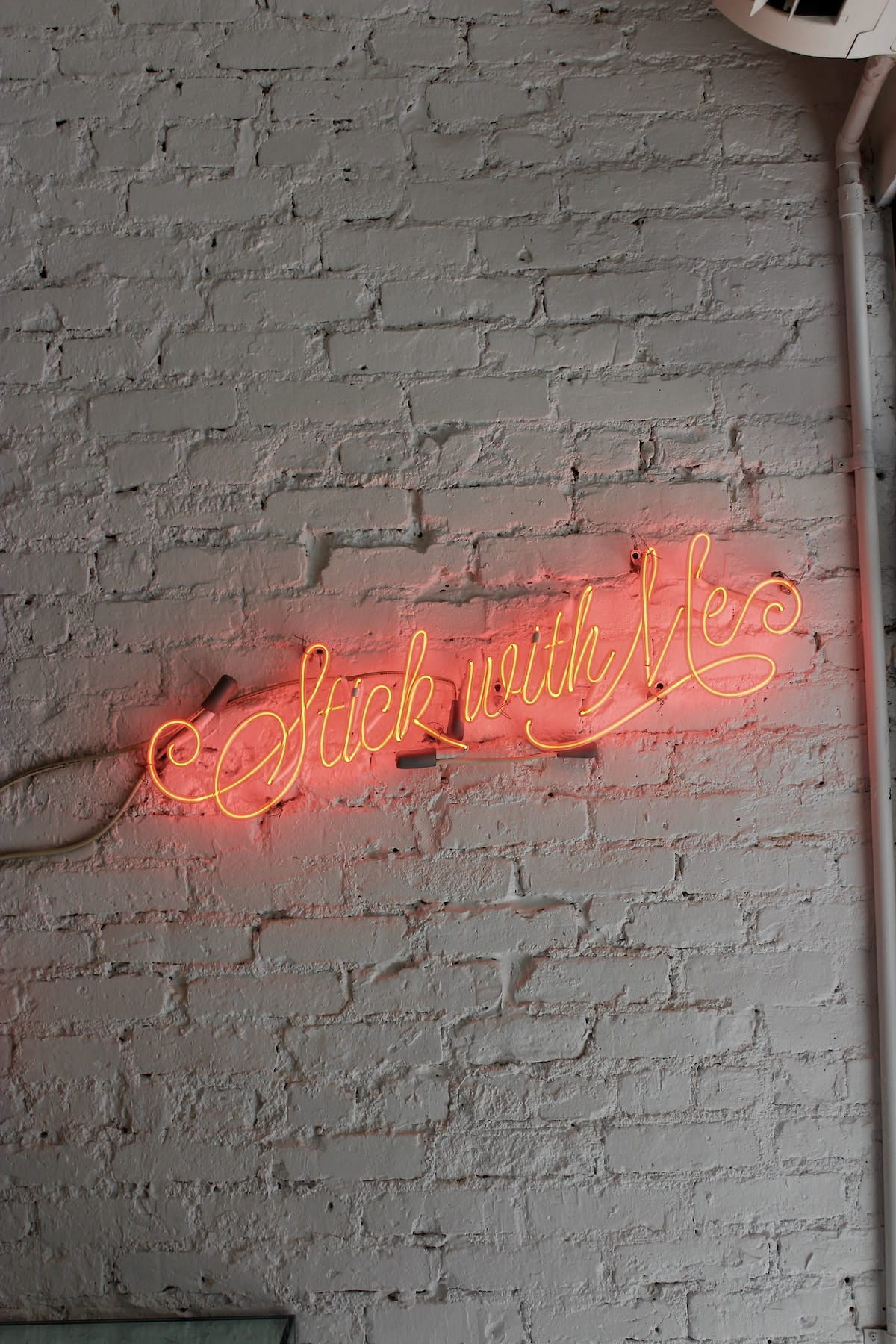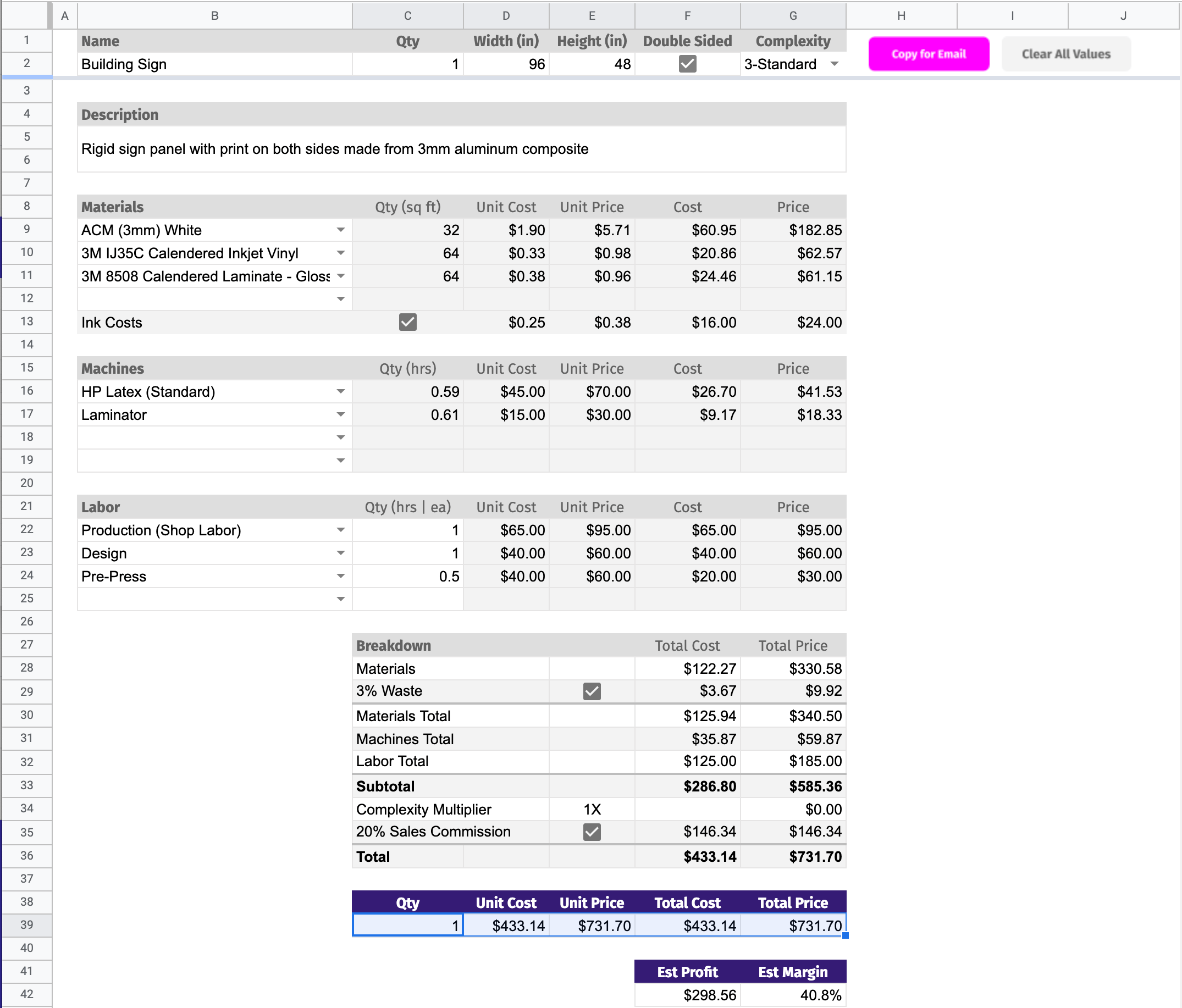Today’s post is all about customer experience.
Cue eye rolling 👀
I hate buzzwords. And “customer experience” is one that everyone one the internet seems to SHOUT about as a key driver for growth.
But once you wade through all the gimmicks and hype, it is a very important concept to apply in your shop.
Customer experience is sum of all of the interaction between your shop and your customer throughout your relationship. It’s the impression and feelings that you leave them with after doing business with you and your shop.
I don’t have to tell you the result of a bad customer experience, so let’s skip straight to some major things that make up a good experience. One that customers will tell others about.
1) Your customers want better communication.
Here’s a hard dose of truth.
Your communication with customers sucks.
Ouch. Too harsh?
Based on the 15+ end-customer interviews I’ve done recently, chances are even your best clients would say that communication is the number one weakness of your shop.
What does that actually mean?
👉 Responding to their emails within 24 hrs is an absolute must. And they’re actually expecting a response a lot sooner than that (within 3-4 hours during working hours.)
👉 Give them a single point of contact. Instead making your customer CC 3 different people at your shop on their emails, make it clear to your customer and your team who is the person responsible for the success of their project.
👉 Clearly communicate expectations, project status, and any potential issues. Err on the side of over communication. I’ve never heard any stories about customers complaining about over-communication.
Think about some many times you hear from Amazon after you purchase. How many emails notifications do you receive?
Order confirmation
Order shipped
Delivery expected tomorrow
Delivery expected today
When I place an order, I don’t have to worry about where it’s at or what’s happening because Amazon is proactively communicating those things to me.
I know you’re not Amazon. And they have some pretty amazing tech. But ask yourself – could you communicate more than you do now?
For advice on setting up the systems to automate this, get on the pre-launch list for our shop automation course.
2) Your customers want you to get them quotes faster.
One of the challenges of producing custom made {{ subscriber.identityProducts | default: shirts or signs }} for every order is figuring out how to price them.
You and I know there is both art and science to pricing your work. But guess what?
Your customer doesn’t care:
that there’s a difference between their job and the jobs you normally produce
that you’ve got to check material prices from a couple vendors
They just want to know their price so they can make an informed decision.
If a potential buyer has to call your shop to ask where that quote you promised is, that’s a sign there could be an issue.
If this happens on weekly basis, then stop reading this now and get those quotes out the door.
Yes…it’s that important.
As a leader, it’s your responsibility to make sure your team has everything they need to get a quote to customers as soon as possible.
Whether that’s putting a together a sales binder with printed price sheets for everything you sell, creating an Excel based price calculator, or buying shop management software – pricing is critical for your business. So get something consistent in place ASAP.
3) Your customers want you to guide them with your expertise.
There are some customers who love to shop. My wife is one who’ll spend hours and hours searching for the best deal or the perfect item.
BTW - please don’t tell her I’m always picking on her🙏.
If you want customers who always searching for the best deal, then by all means…
hand them an 300 page apparel catalog and ask them to pick out the shirt they like best
send them a link to a website with 30 different choices of trade show displays
ask them what type of sign they need without asking why they want a sign in the first place
But what if you want customers are happy to pay a little more?
Customers that listen and take your suggestions?
Customers that are loyal to your business and even refer others?
Then be the expert and start guiding your customers through your interactions.
Ask them why they want some shirts or signs or business cards. Dig a little deeper to uncover what they want to achieve with their shirts or signs.
When you know the real reason behind the shirts they are buying, provide your expert recommendations.
If they are giving away the shirts at an even, using a half-tone could still produce a great looking print and also save them a few bucks by removing 1 color.
If they are reselling the shirts at retail, then using a super-soft shirt and inks with a soft-hand might help them sell more shirts.
When they realize you are acting in their best interest, and not simply trying to grab their entire budget, you’ll become a trusted advisor. Their “shirt guy (or gal)” or “sign guy” they recommend when their friend mentions that they need whatever you sell.
4) Your customers want you to answer their questions before they even have to ask them.
You’ve heard this one before.
People HATE to be sold, but they LOVE to buy.
Sounds logical, right?
Well…I 🤬 hate that one because it’s an oversimplification.
A better line would be this…
People HATE to be sold something they don’t want. When they want something they LOVE to buy, and need to be sold.
You’ll have an extremely hard time selling a sign to someone who doesn’t WANT a sign. Even if they’ve got a busted ass sign that makes their business look bad and they NEED to replace it.
We like to believe we buy based on logical decisions.
5) Most of all, your customers want you to make it easier for them to buy.
Once your customer decides they want to buy a custom sign or custom shirts, your focus should be on removing all the obstacles for them to do that.
Do you want to make a big impact on your growth?
Yes? Then take 30 minutes today and go through this powerful exercise.
Step 1.
Go somewhere quiet where you can think. Take your favorite pen/pencil and a couple pieces of paper.
Step 2.
Put your “pretending” hat on and put yourself in the shoes of your potential ideal customer.
Step 3.
Starting from the point where you “the customer” decides they want something your shop sells, write down each and every step “the customer” has to perform to do business with you – from start to finish.
The Rules:
Only include the steps that “your customer” has to take.
Don’t leave out anything – however small you think it is.
Be brutally honest with yourself. Don’t cheat by writing down the steps they SHOULD after you make improvements. Write down the steps they ACTUALLY have to take today.
Step 4.
Still pretending that you’re the customer, go through each step and rank each step by the amount of perceived effort it would take to do.
We’re using perceived effort here because in your customer’s eyes all that truly matters is their perception of your business.
Keep it simple by using only three ranks.
High Perceived Effort
Med Perceived Effort
Low Perceived Effort
Step 5.
Look at each step that you ranked as High Perceived Effort.
How could you make this easier for “your customer”?
Write down 3-5 ideas on how to you can reduce the customer effort involved in each high effort step.
Step 6.
You’re done for today.
Put this down and let it sit for 24 hrs. It needs time to marinate.
Step 7.
Now that you have fresh eyes, re-read all the ideas you came up with.
Choose the idea that you think will be the easiest and fastest to implement and commit yourself to testing that idea in your shop next week.
Why next week?
Any longer than that and you’ll just put this aside. Like that long list of other “shop improvement” projects you’ve been meaning to do.
Why choose the easiest and quickest idea to implement?
It’s all about momentum.
The really big impact ideas are usually scarier, more complex, and take longer to implement.
But lasting change is best achieved in small, incremental improvements. Getting a couple of quick wins within a couple weeks will help you build the tools and momentum to tackle the bigger ideas.

